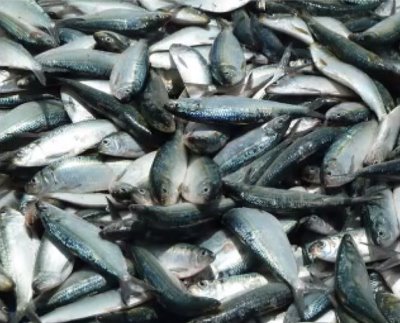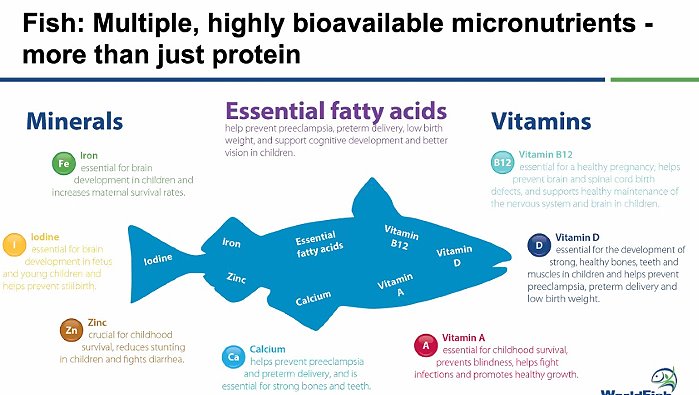 In collaboration with four research projects with a geographical focus on Ghana/Gulf of Guinea, East Africa, the Indian Subcontinent, Indonesia as well as Peru this two-day FAO web seminar served to share interesting research results about production, processing, marketing, consumption and governance aspects of the value chain of small, low-cost fish. The prime concern was how to ensure that people with little purchasing power could retain access to healthy fish food rich in micronutrients.
In collaboration with four research projects with a geographical focus on Ghana/Gulf of Guinea, East Africa, the Indian Subcontinent, Indonesia as well as Peru this two-day FAO web seminar served to share interesting research results about production, processing, marketing, consumption and governance aspects of the value chain of small, low-cost fish. The prime concern was how to ensure that people with little purchasing power could retain access to healthy fish food rich in micronutrients.
The introductory remarks by Nancy Aburto of the Food and Nutrition Division of FAO and Shakuntala Haraksingh Thilsted of WorldFish highlighted the importance of fish for a healthy diet, particularly of undernourished people whose numbers are estimated to have increased by up to 132 million as a result of the covid pandemic. Food for the most vulnerable and financially poor people must be safe and affordable. The highly bioavailable micro-nutrients in fish, such as vitamin A to prevent blindness and B12 to ensure healthy brain development and cognition in infants are among the reasons for a particular attention to fisheries products in available and accessible foods for financially poor people. Some of the smaller species can be eaten whole, thus avoiding any waste (see graph below, courtesy WorldFish). Dried fish in combination with vegetables and staples in the local diet, such as millet or rice can provide a well-balanced diet responding to local taste preferences.

In some places, safety concerns pertain to use of pesticides in dried fish used to prevent spoilage during drying. Other safety issues focus on microbes and parasites or the accumulation of aflatoxins. How to address such concerns while reducing postharvest losses in regions where electricity and ice are either unavailable or insufficient remains a challenge, which food technologists and practitioners continue to grapple with for decades.
The introductory debate also brought an acute challenge to the fore: Where industrial interests compete with small-scale fisheries for small, low-cost fish for fish meal and oil rather than human food that tends to push raw material prices up and may pose existential risks to people with small purses. It became thus clear from the beginning that the issues at stake had many technical, economic, ecological, social, justice and governance angles that needed a multifaceted response from the diagnosis to the search of adequate responses.
The seminar was structured in the following sessions, each with about an hour of presentations from different locations and perspectives, followed by a long enough Q&A session to allow for lively exchanges. The invitation with the programme is here. All sessions were recorded and will be uploaded on YouTube as soon as possible. In the following only a few snapshops are offered to give a flavour of the rich presentations and exchanges.








